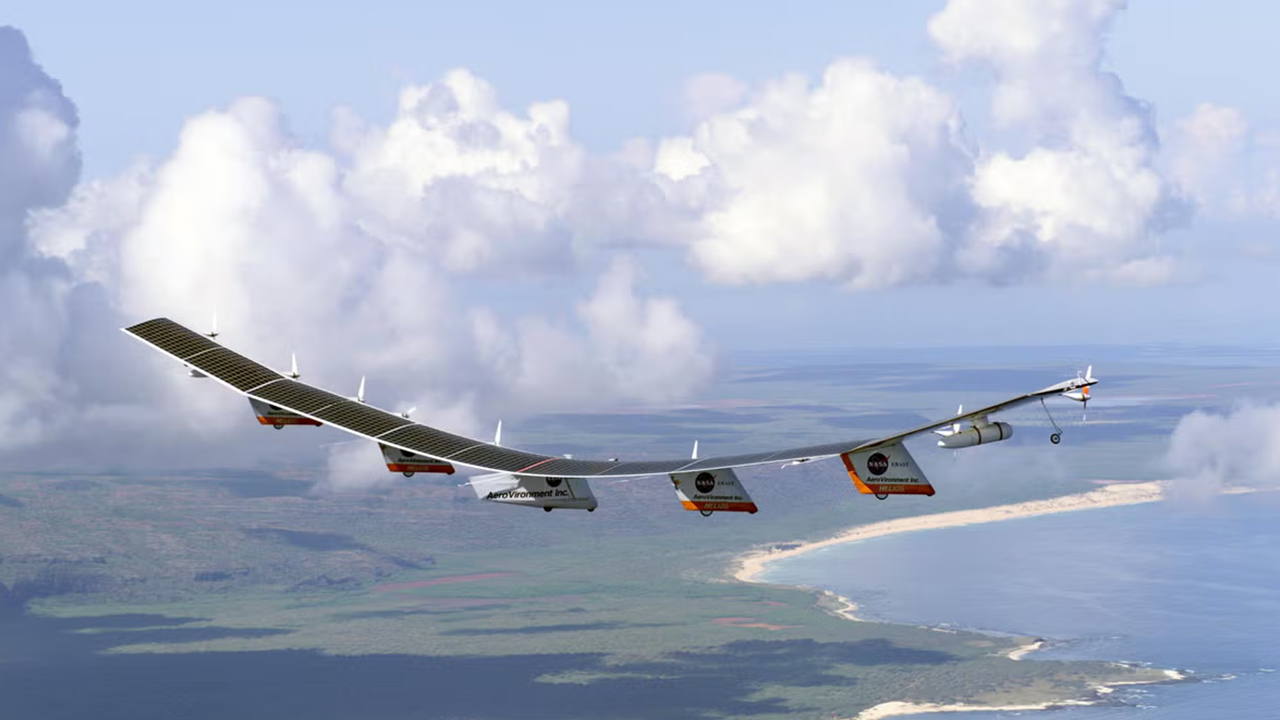
In recent years, the development of tiny aircraft capable of staying aloft using only sunlight has captured the imagination of scientists and engineers alike. These groundbreaking innovations promise to revolutionize various fields, from environmental monitoring to telecommunications. The fascinating technology behind solar-powered levitation holds immense potential for transforming our approach to flight, offering sustainable and efficient solutions to some of today’s most pressing challenges.
The Science Behind Solar-Powered Levitation
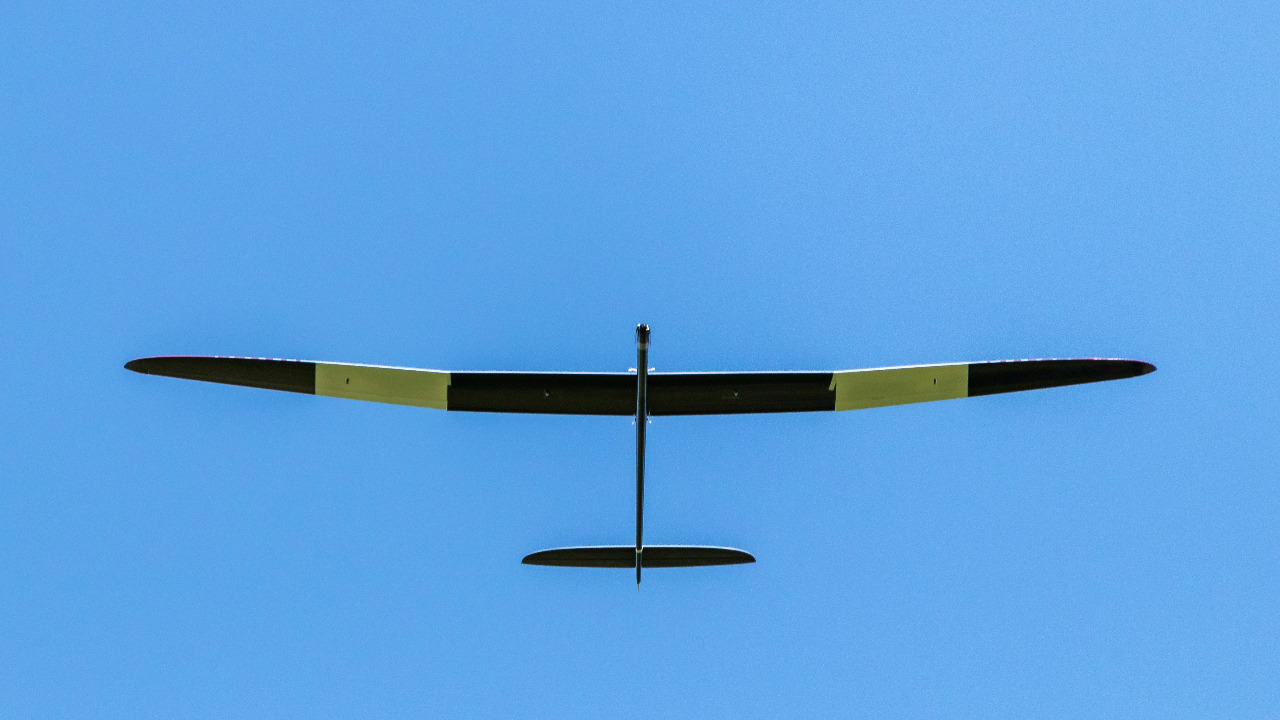
At the heart of solar-powered levitation is the intriguing concept of the photophoretic force. This force arises when light-induced temperature differences occur on the surface of an object. Essentially, when one side of a tiny aircraft absorbs sunlight, it heats up more than the other side, creating a pressure difference. This pressure differential generates a lifting force that allows the aircraft to levitate. This phenomenon has piqued the interest of researchers, as it offers a novel way to achieve flight without relying on traditional propulsion methods.
The success of these solar-powered aircraft also hinges on material innovations designed to maximize energy absorption and conversion efficiency. Advanced materials like lightweight graphene and metamaterials are being explored to enhance the performance of these aircraft. These materials can efficiently capture sunlight and convert it into the necessary thermal gradients that drive the photophoretic force. For instance, researchers at ETH Zurich have been experimenting with specialized coatings that enhance the absorption of solar energy, thus increasing the levitation capabilities of these miniature aircraft.
Recent prototype developments have demonstrated the feasibility of solar-powered levitation. Experimental models, such as tiny discs and small drones, have been successfully lifted and maintained aloft using sunlight alone. These prototypes provide a promising glimpse into the future of solar-powered flight, showcasing the potential of this technology to achieve sustained, fuel-free operation.
Potential Applications and Benefits
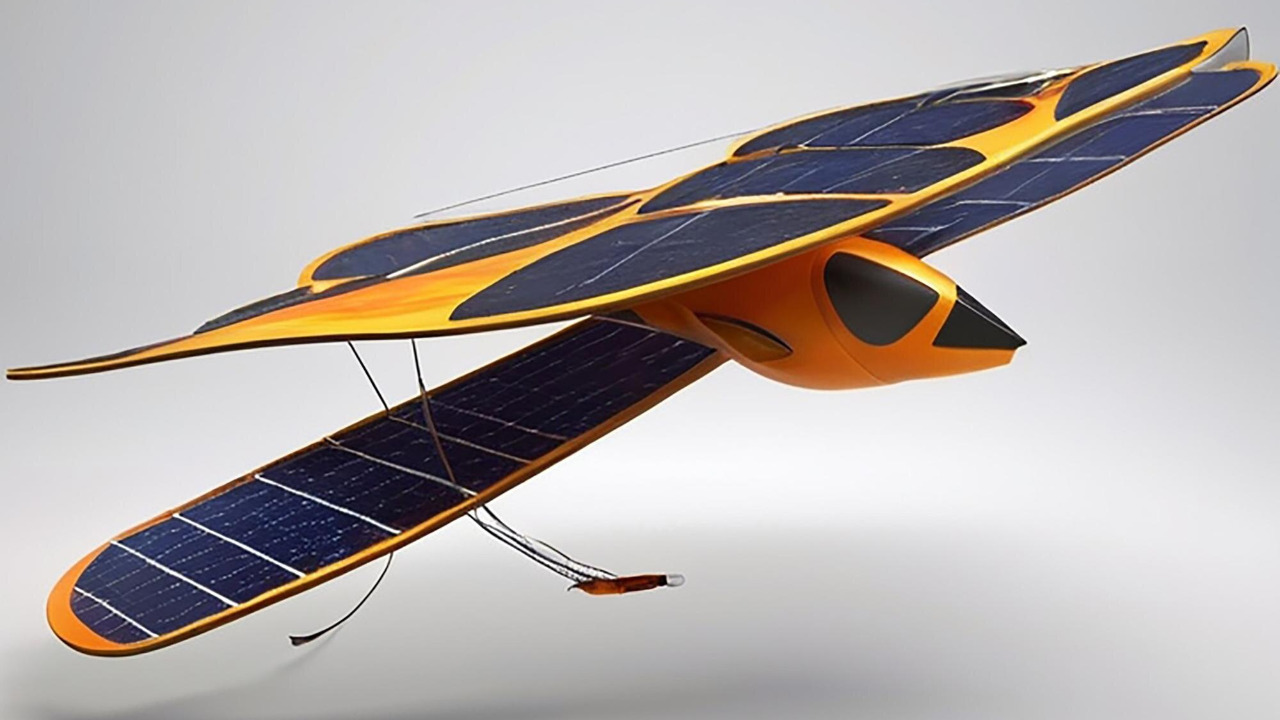
One of the most promising applications of solar-powered aircraft lies in environmental monitoring. These aircraft can be deployed to collect atmospheric data and monitor climate conditions without the need for fuel, reducing emissions and operational costs. They can be equipped with sensors to measure air quality, track weather patterns, and monitor changes in the Earth’s atmosphere. By providing a sustainable means of data collection, these aircraft could play a crucial role in advancing our understanding of climate change and aiding in environmental conservation efforts.
In the realm of telecommunications, solar-powered aircraft hold the potential to revolutionize connectivity in remote areas. By serving as relay stations, these aircraft can provide internet access to regions that lack traditional infrastructure. The ability to maintain a stationary position in the sky for extended periods allows them to bridge the digital divide and bring connectivity to underserved communities. Furthermore, using sunlight as a power source reduces the need for frequent maintenance and refueling, making it a cost-effective solution for expanding internet coverage worldwide.
From a cost and energy efficiency perspective, the utilization of sunlight offers significant advantages over traditional aircraft. By eliminating the need for conventional fuel, solar-powered aircraft can drastically reduce operational expenses and environmental impact. The energy efficiency of these aircraft is further enhanced by their ability to harness the abundant and renewable energy of the sun, positioning them as a sustainable alternative to traditional aviation methods.
Challenges and Limitations
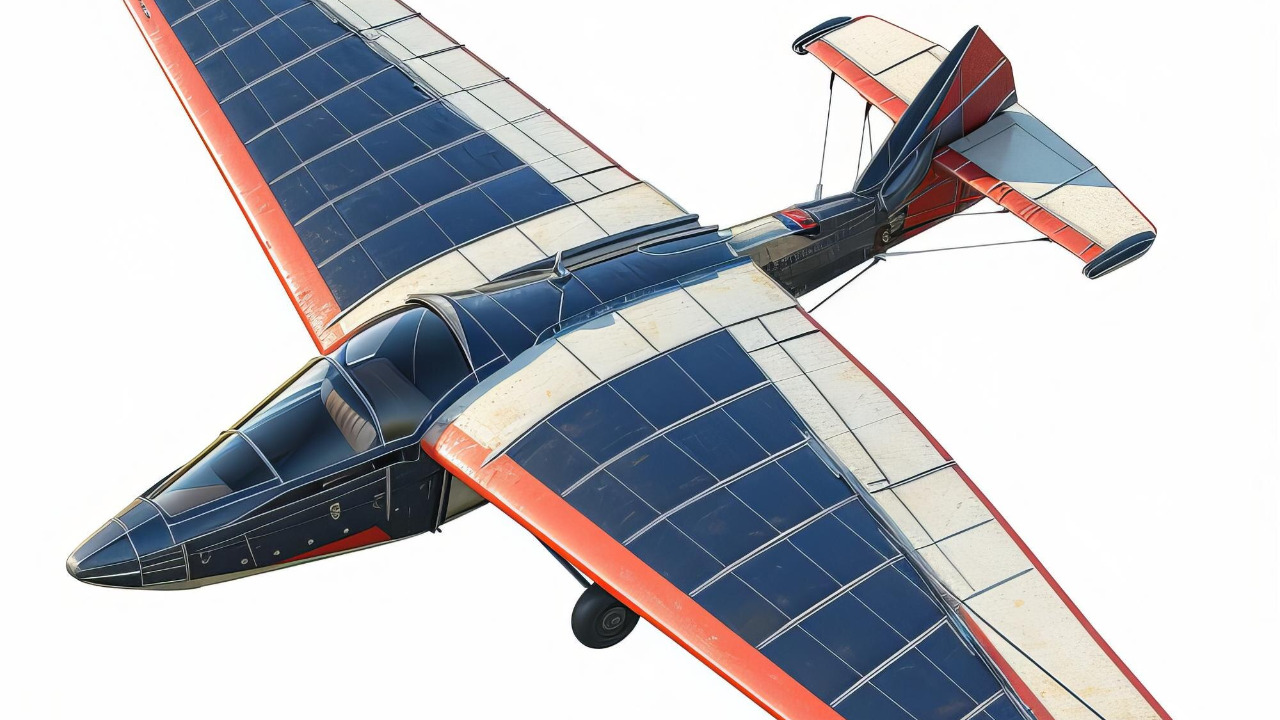
Despite their potential, solar-powered aircraft face several challenges and limitations. One significant hurdle is energy storage. Current battery technologies are often inadequate for storing sufficient energy to ensure continuous flight during periods of low sunlight or nighttime. Developing more efficient and lightweight energy storage systems is crucial to extending flight duration and improving reliability.
Weather and environmental factors also pose challenges to the performance and stability of solar-powered aircraft. Unpredictable weather conditions, such as cloud cover, rain, and strong winds, can affect the availability of sunlight and the aircraft’s ability to maintain stable flight. Researchers are actively exploring solutions to mitigate these challenges, such as integrating advanced sensors and control systems to adapt to changing weather conditions.
Additionally, regulatory and safety concerns must be addressed to ensure the safe integration of solar-powered aircraft into existing airspace. Establishing clear guidelines for airspace usage, collision avoidance, and communication protocols is essential to prevent accidents and disruptions. Collaborative efforts between regulatory bodies and industry stakeholders will be crucial in overcoming these challenges and ensuring the safe operation of unmanned aircraft.
Future Prospects and Innovations
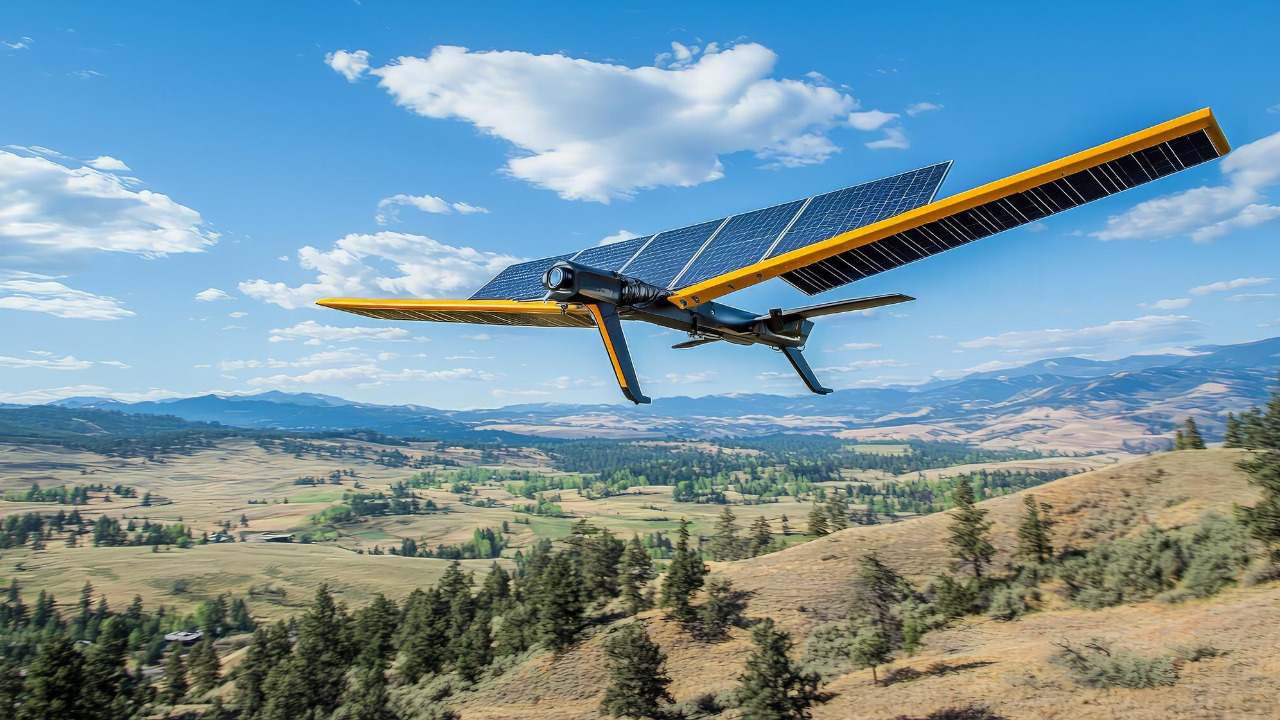
Looking ahead, advances in photovoltaic technology hold the potential to significantly enhance the performance of solar-powered aircraft. Ongoing research is focused on improving the efficiency of solar cells to capture more energy from sunlight, thereby increasing the aircraft’s lifting capabilities and flight duration. Innovations in materials science and engineering will play a pivotal role in pushing the boundaries of what solar-powered aircraft can achieve.
Furthermore, the integration of solar-powered aircraft with other emerging technologies such as artificial intelligence (AI) and the Internet of Things (IoT) could enhance their functionality and autonomy. AI algorithms can optimize flight paths and energy usage, while IoT connectivity allows for real-time data transmission and remote control. These synergies have the potential to create intelligent and self-sustaining aerial platforms capable of performing complex tasks autonomously.
In the long term, solar-powered aircraft could play a transformative role in global transportation and infrastructure. Imagine a future where these aircraft are used for cargo delivery, disaster response, and even passenger transport, all powered by renewable energy. The vision of a sustainable and interconnected world is within reach, and solar-powered aircraft are poised to lead the way in realizing this future.